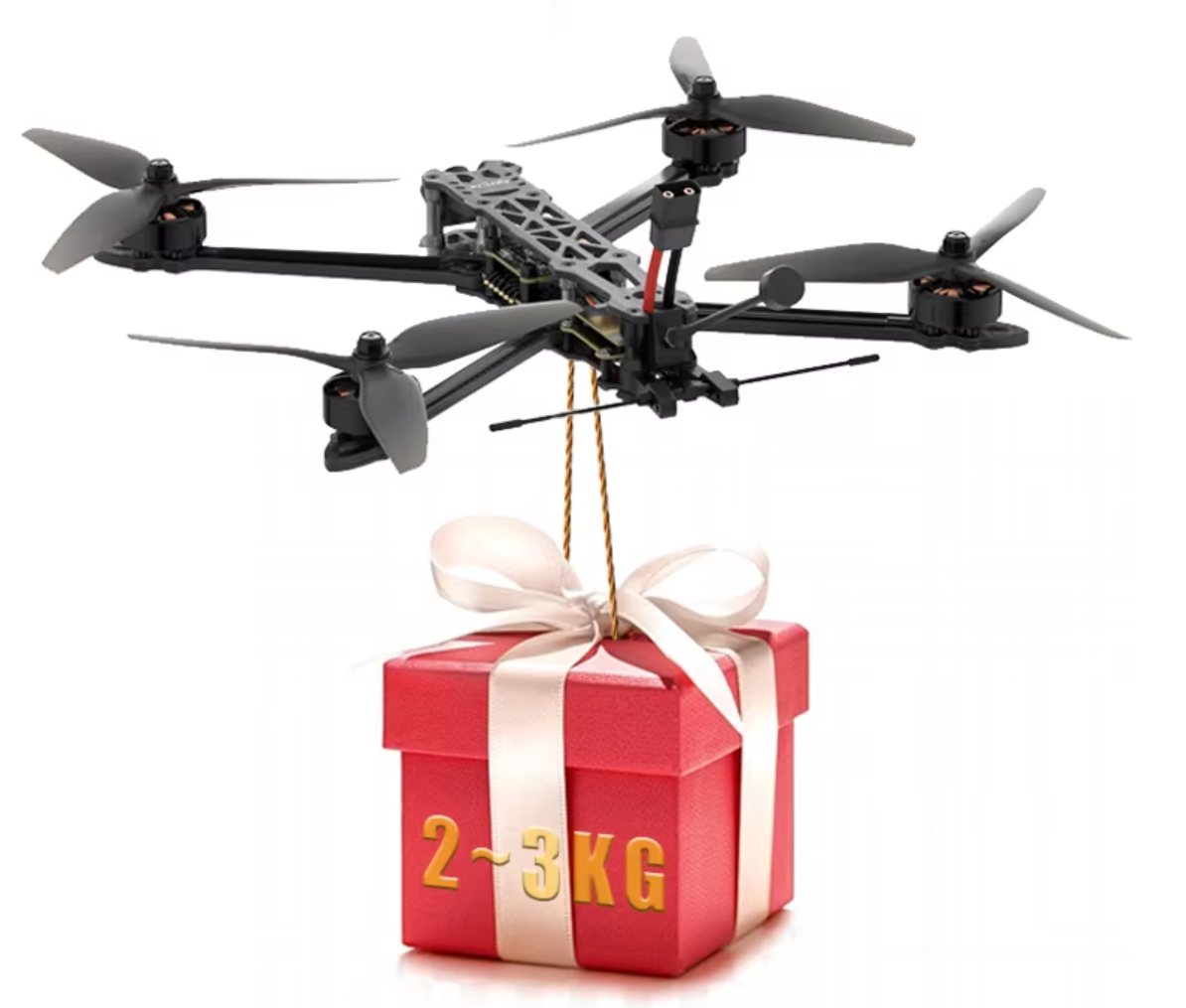A revolutionary dust-free mixing technology has been developed for lithium battery powder active materials, along with a comprehensive intellectual property protection strategy. This method involves packaging the lithium battery powder using a dissolvable bag during the mixing process. The outer layer remains a traditional aluminum-plastic film, while the inner bag is made of a water- or solvent-soluble material. By placing the dissolvable bag and the active material into the solvent used in the slurry preparation, the cleaning and mixing process is completed without any dust emissions, significantly improving environmental safety and operational efficiency.
Most lithium battery active materials are in powder form, including cathode, anode, binder, and conductive agents. These powders must be mixed with solvents like NMP or water to create a uniform slurry for electrode production. However, during this process, fine particles often generate dust, polluting the environment and posing health risks to workers. Materials such as lithium iron phosphate and carbon nanotubes are particularly prone to dust generation, making the need for a clean solution more urgent.
To address these issues, the author introduced a fully dust-free mixing process. The use of dissolvable bags not only prevents dust but also simplifies the feeding and handling of materials. For example, a PVDF bag measuring 350mm x 460mm, with a thickness of 40 microns and a weight of 21.76g, can dissolve in NMP within 5 minutes at room temperature. When filled with about 6kg of lithium iron phosphate, the bag's contribution to the total PVDF content is minimal (0.36%), ensuring no adverse impact on the bonding performance.
For ternary NCA and NCM materials, a slightly thicker PVDF bag (80 microns) is used, weighing 43.52g and holding up to 17kg of material. The weight ratio of the bag to the PVDF binder in the formulation is even smaller, around 0.26%, which means it has negligible influence on the final product’s properties. The same principle applies to conductive agents like SP and KS-6, where dust control is critical. Using dissolvable packaging significantly improves the working environment and reduces health risks for operators.
The benefits of this technology are numerous. It completely eliminates dust pollution, enables faster and more accurate feeding, supports automation, and reduces the need for complex conveying systems. It also avoids secondary weighing, minimizes maintenance costs, and protects sensitive materials from air exposure. Additionally, it ensures a cleaner production environment, which is essential for high-quality battery manufacturing.
With the rapid growth of the lithium battery industry in China, the demand for such dust-free solutions is expected to increase significantly. In 2016 alone, the output of cathode and anode materials reached over 160,000 and 122,500 tons respectively, indicating a huge market potential. Implementing this technology in large-scale battery plants could bring substantial economic and environmental benefits.
The author hopes that this innovative approach will contribute to the advancement of automated and safer lithium battery production in China, promoting sustainable development in the industry. With proper IP protection, this technology can be widely adopted without causing competitive conflicts, paving the way for a cleaner and more efficient future in battery manufacturing.

FPV uav used for throwing,Night Vision Camera Racing FPV Drones,Customized Throwing FPV drone,FPV Unmanned Aerial Vehicle Used for Throwing
Jiangsu Yunbo Intelligent Technology Co., Ltd , https://www.fmodel-ai.com
